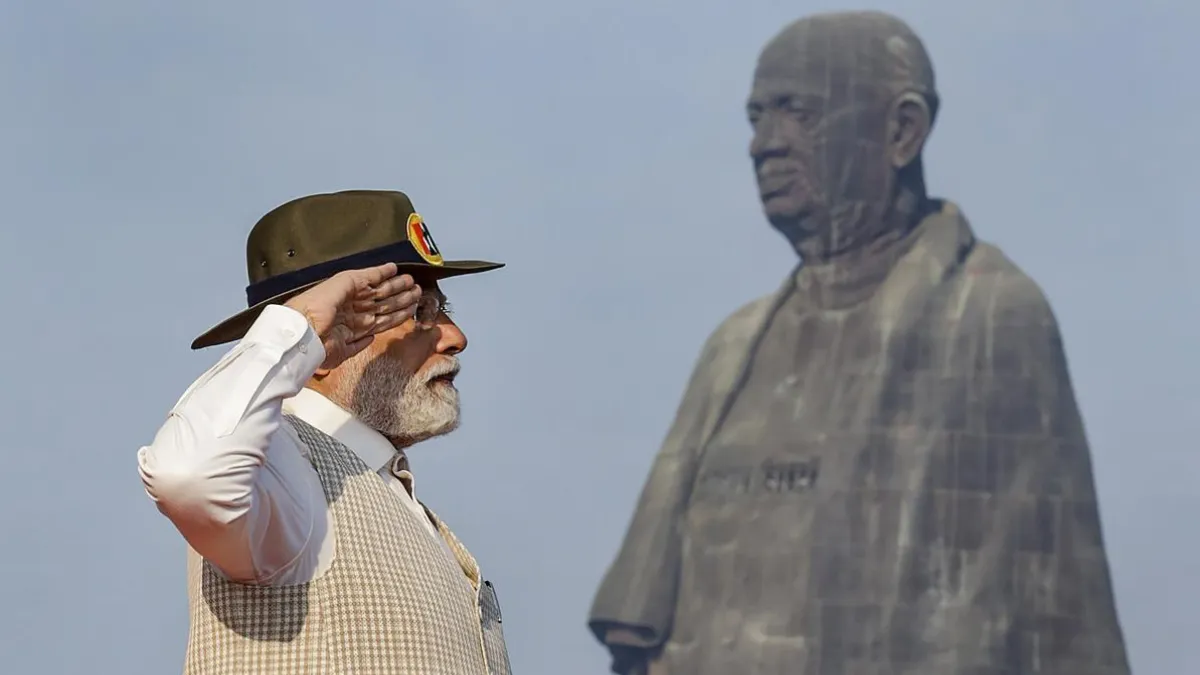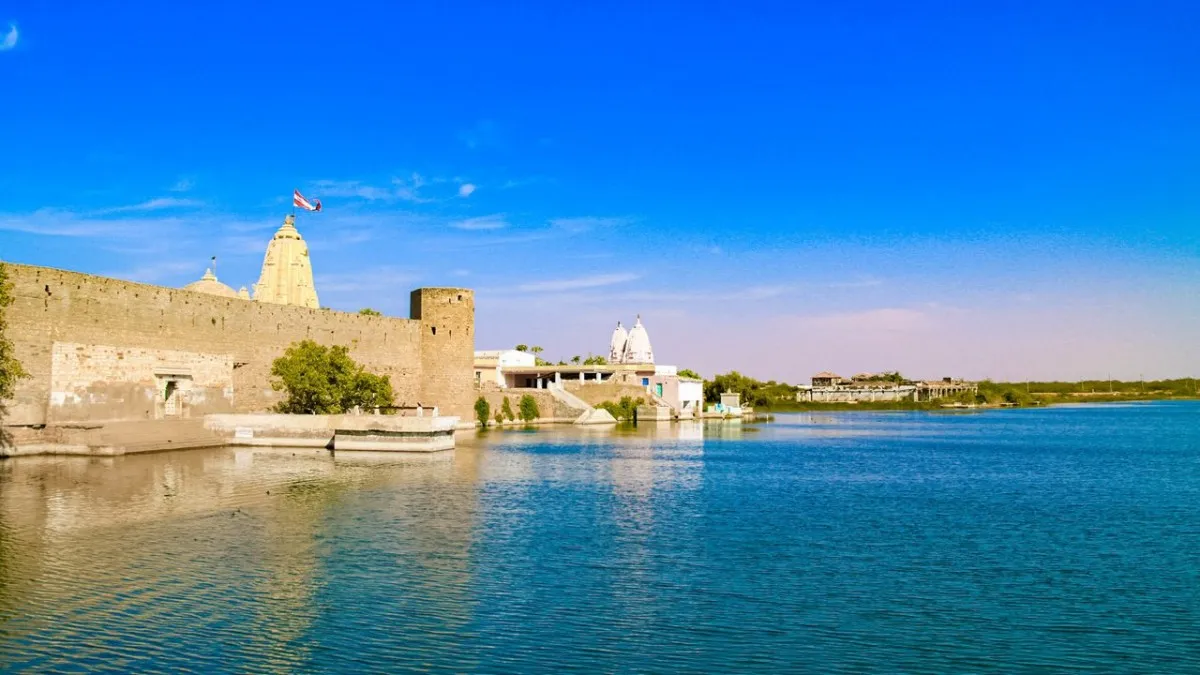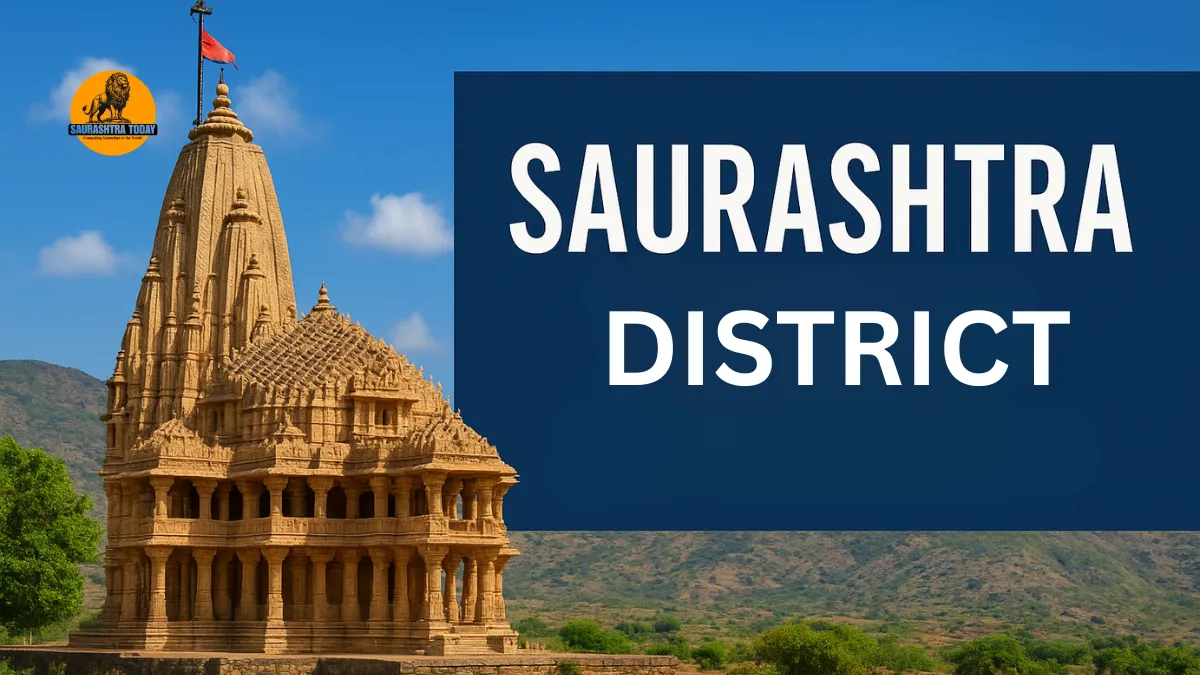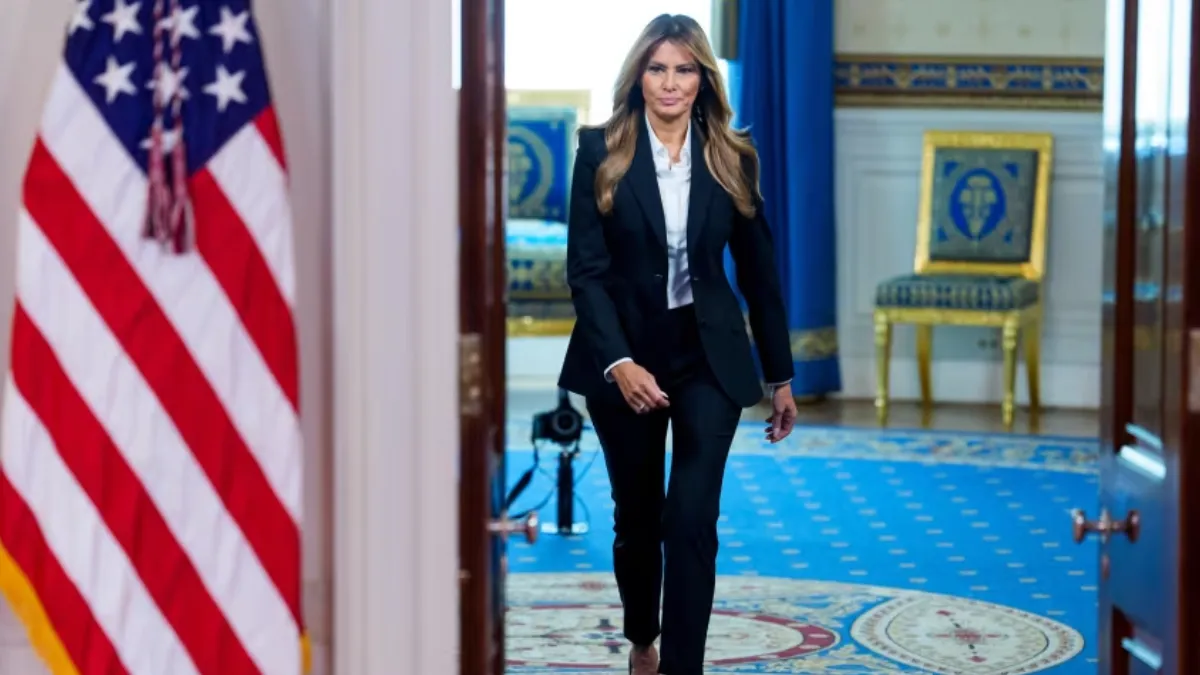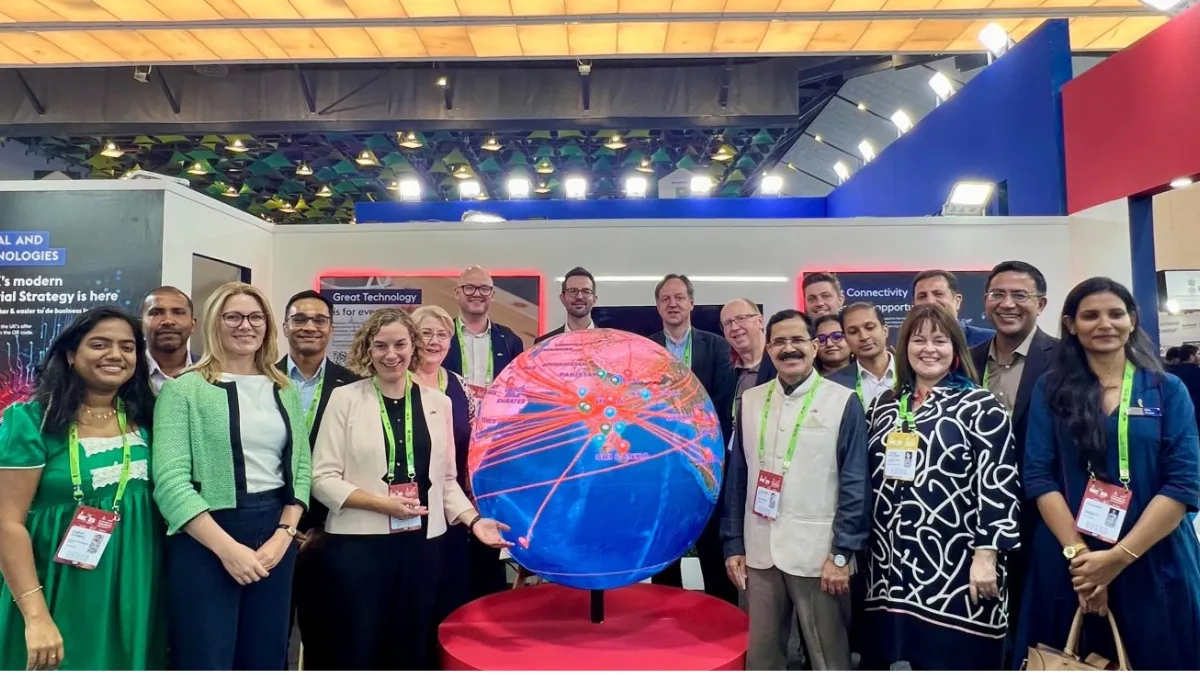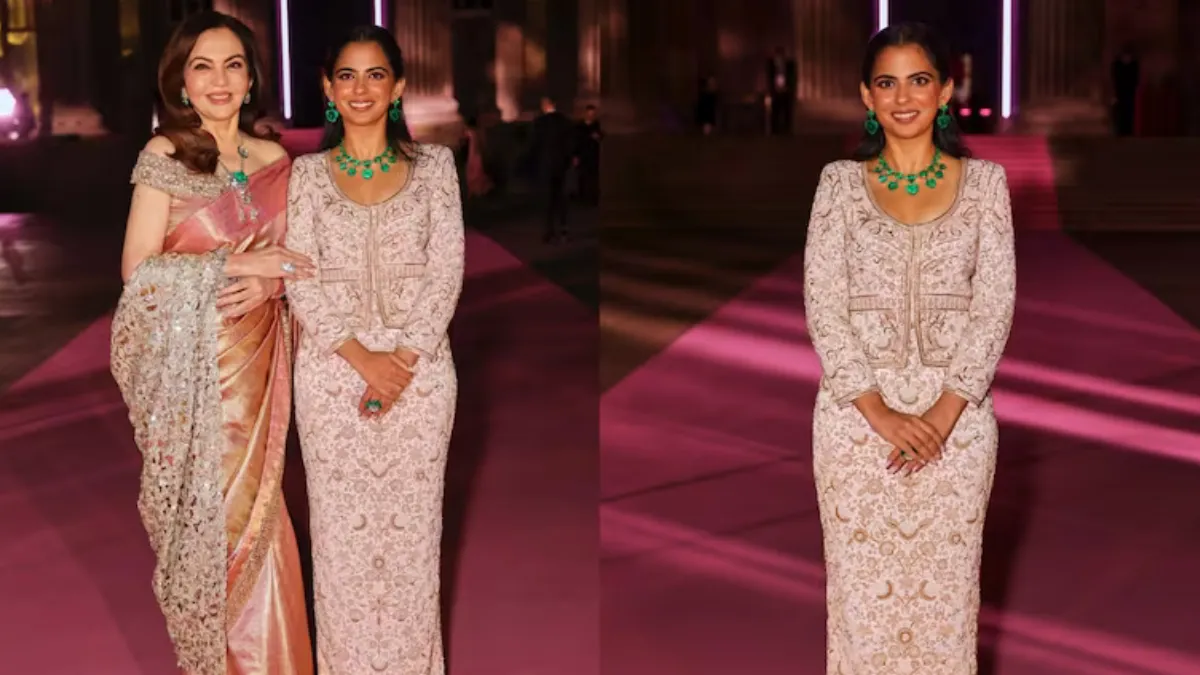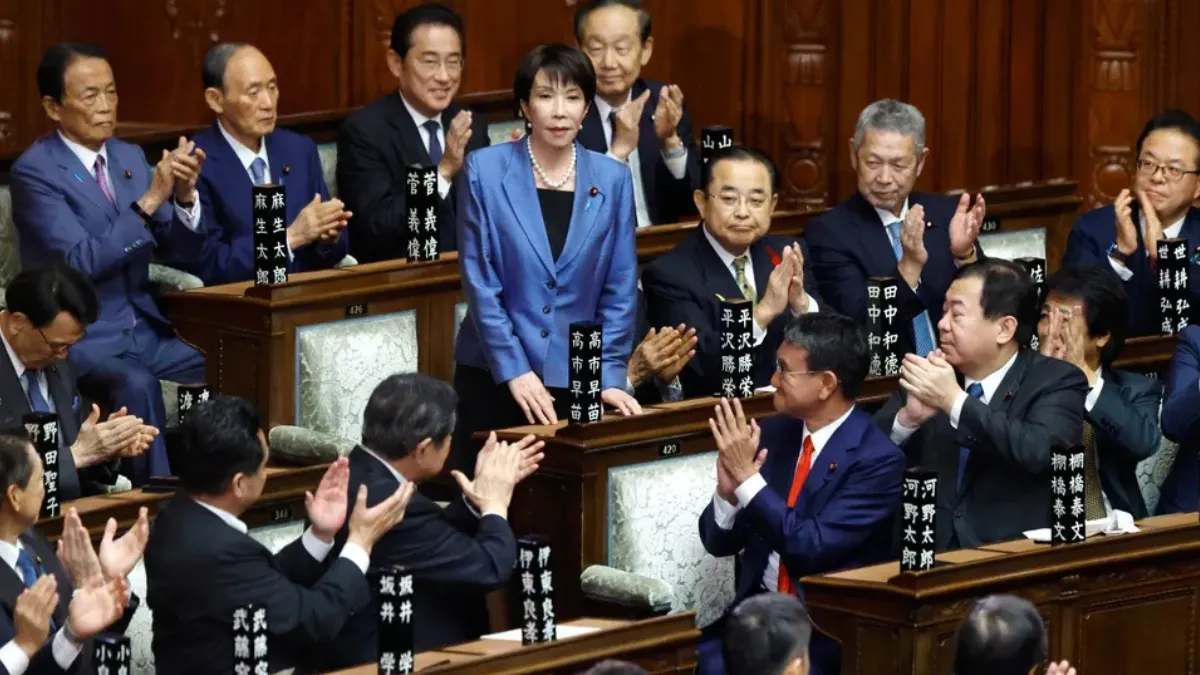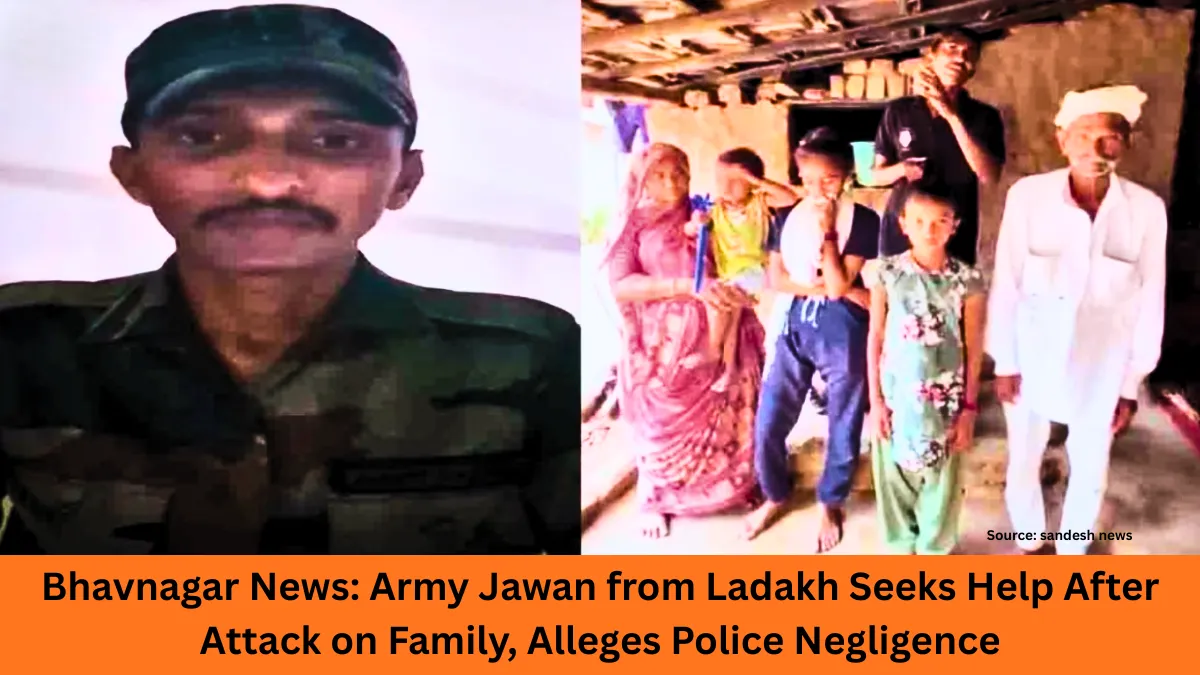The long-standing demand of Rajput community fulfilled — Museum to showcase 250 years of princely legacy on a 5.5-acre site costing ₹367 crore
Kevadia, Gujarat – Modi to Lay Foundation Stone of Princely Museum in Kevadia: The long-awaited dream of India’s Rajput community is finally coming true. Prime Minister Narendra Modi is set to lay the foundation stone of the Princely Museum at Kevadia on October 30–31, during the grand celebration of National Unity Day. The upcoming museum will immortalize the legacy of India’s princely states and their invaluable contribution to the nation’s unification.
According to exclusive information received by Divya Bhaskar, the government has finalized all details regarding the project — from design to execution. High-level sources in Gandhinagar have confirmed that the Prime Minister will inaugurate multiple landmark projects worth several hundred crores during his visit.
Three New Museums to Be Inaugurated by PM Modi
During his two-day visit, Prime Minister Modi will perform the groundbreaking ceremony for projects worth ₹681 crore and inaugurate completed works worth ₹282 crore. Among these, three world-class museums will be part of the historic event:
- Gujarat Vandana Museum
- Veer Bal Udyan Museum
- Museum of Royal Kingdoms of India, also known as the Princely Museum
The announcement of a museum dedicated to the princely states was first made by PM Modi three years ago in Kevadia itself. However, due to various delays, the project had not materialized — until now.
The Princely Museum: A 5.5-Acre Marvel Overlooking the Statue of Unity
The Princely Museum, officially named the Museum of Royal Kingdoms of India, will be built at Limbdi village in Kevadia, spread over 5.5 acres of land. The site offers a panoramic view of the iconic Statue of Unity, the world’s tallest statue honoring Sardar Vallabhbhai Patel.
The museum aims to tell the story of India’s royal families, princely states, and their role in the unification of India. A special section will highlight Sardar Patel’s leadership in integrating over 560 princely states post-independence. The “Hall of Unity” will pay tribute to the royal houses that contributed to building a united India.
Five Thematic Galleries: A Blend of History, Culture, and Legacy
The Princely Museum will feature five major galleries, each designed to narrate a unique aspect of royal India:
- The Introduction Gallery – Offers detailed information and classification of princely states across India.
- The Royal Life Gallery – Depicts the lifestyles, customs, and governance systems of kings and queens.
- The Unification Gallery – Chronicles the era of British rule, the integration of princely states, and Sardar Patel’s crucial efforts in national unity.
- The Legacy and Sacrifice Gallery – Highlights stories of courage, sacrifice, and contributions of royal families who supported the integration process.
- The Children’s Gallery – Connected to the reception and lobby area, featuring a museum shop and café for visitors.
These galleries will cover around 3,077 square meters of exhibition space, combining historical artifacts, digital documentation, and immersive displays.
A Journey Through 250 Years of India’s Royal Past
The museum will present the history of India’s princely states and royal families from 1700 to 1950, covering over 250 years of heritage. Visitors will witness the digital recreations of original documents submitted by princely rulers during the integration period — documents that sealed the unification of modern India.
During the planning phase, government officials interacted with several royal families to gather insights about what should be displayed in the museum. Many royal descendants have also offered to donate historic artifacts, weapons, jewelry, and memorabilia to enrich the exhibition.
Project Cost and Completion Timeline
The Princely Museum will be developed at a cost of ₹367 crore and is expected to be completed by September 2027.
The architectural design will be handled by the reputed firm Ratanjiv Batliboi Architects, while Bakul Raj Mehta & Associates will curate the museum’s creative content. The project management has been assigned to INI Design Studio.
Though the entry fee for visitors has not been finalized, officials suggest that the museum will be designed to attract both domestic and international tourists visiting the Statue of Unity.
Rajput Community’s Long-Awaited Demand Finally Realized
The idea of creating a museum dedicated to India’s princely states has been a long-standing demand of the Rajput community. For years, the community emphasized the need to preserve and honor the contributions of royal families who voluntarily merged their states to form a unified India.
The movement gained strength when former Gujarat Chief Minister and veteran Rajput leader Shankarsinh Vaghela voiced his support for the initiative. In a recent public event, he said,
“If there were no princely states, Sardar Patel would not have been known as the Iron Man of India. The royals’ sacrifice gave Patel the strength to unite the nation.”
Vaghela also demanded that statues of kings and princes be installed near the Statue of Unity, symbolizing their vital role in India’s history.
How the Idea of the Museum Originated
Recalling the origin of the idea, Shankarsinh Vaghela shared a nostalgic memory.
“Six to seven years ago, I visited the Nilambag Palace in Bhavnagar, where I saw the photograph of Maharaja Krishnakumarsinhji — the first ruler to offer his state for integration. Around the same time, PM Modi announced the construction of the Statue of Unity in Kevadia. That’s when I wrote to him suggesting the establishment of a Princely Museum there.”
He further mentioned that he had assured the Prime Minister that the Rajput community fully supported the national unification vision.
“I wrote that no one should harbor anti-Patel sentiments because it was our royal families who first associated Sardar Patel’s name with an international airport,” he added.
‘If Royals Had Not United, India Would Be Fragmented’ – Vaghela
Vaghela emphasized how Sardar Patel’s mission of uniting India succeeded only because of the cooperation of the princely rulers.
“Sardar Patel was called the Iron Man because royal families willingly merged their states. Bhavnagar took the first step, and soon others followed. If they had delayed, India might have ended up like the European Union — with separate visas to travel from Rajkot to Bhavnagar,” he said.
He credited Maharaja Krishnakumarsinhji for setting the example that ensured a united Saurashtra and, ultimately, a united India.
“That’s why I urged for a museum that celebrates these royal families — their courage, their decisions, and their contribution to the nation,” Vaghela added.
Vaghela’s Vision for the Princely Museum
Sharing his vision, Vaghela said that the museum should not just display swords and spears but also documents, royal seals, and historical records that tell the real story of the unification.
“A 15–20-foot statue of Maharaja Krishnakumarsinhji should be placed near the Statue of Unity. The museum should display papers related to the merger of princely states, details of royal hierarchies, and antique collections from Bhavnagar and other regions,” he explained.
He further suggested that each princely state — big or small — should have equal representation, with its history written clearly and artifacts displayed accordingly.
“Such a museum must be maintained properly so that future generations understand what India owes to its royals,” Vaghela remarked.
‘A Strong Voice Is Needed to Get Things Done’
Speaking about the delay in the project, Vaghela pointed out that strong leadership and determination are key to turning ideas into reality.
“If you want something to happen, you must have the courage to demand it firmly. The royals must remember their strength and not bow down. Many of them have lost that pride,” he said.
He passionately added,
“Our community must remember its DNA. The princely states were not created overnight — they were built through valor and sacrifice. We must proudly say that without the royals, there would be no Sardar Patel. A Kshatriya should never bend; even if the spine breaks, it should not bend.”
Also read: Ultimate Guide to Gir Safari Booking: Experience the Majestic Asiatic Lions in Their Natural Habitat
Symbol of Unity and Heritage
The Princely Museum at Kevadia will thus stand as a symbol of both unity and heritage, complementing the Statue of Unity nearby. Together, they will tell the story of how the collective efforts of visionaries like Sardar Vallabhbhai Patel and India’s royal families laid the foundation of a strong, united nation.
The museum’s architecture, exhibits, and digital displays will merge India’s royal grandeur with modern storytelling techniques, ensuring that visitors from across the world experience the depth of India’s regal and democratic legacy in one place.
Also read: Mahatma Gandhi Museum Rajkot: A Grand Tribute to the Father of the Nation
Conclusion
The Modi to lay foundation stone of Princely Museum event marks not just the fulfillment of a long-pending promise but also a historic recognition of the princely states’ sacrifices. The museum will immortalize the royal heritage, unity, and pride that shaped modern India.
As the Rajput community celebrates this long-awaited decision, the museum in Kevadia is set to become another cultural landmark beside the Statue of Unity — a reminder that India’s strength lies not only in its democracy but also in the valor and unity of its past.
